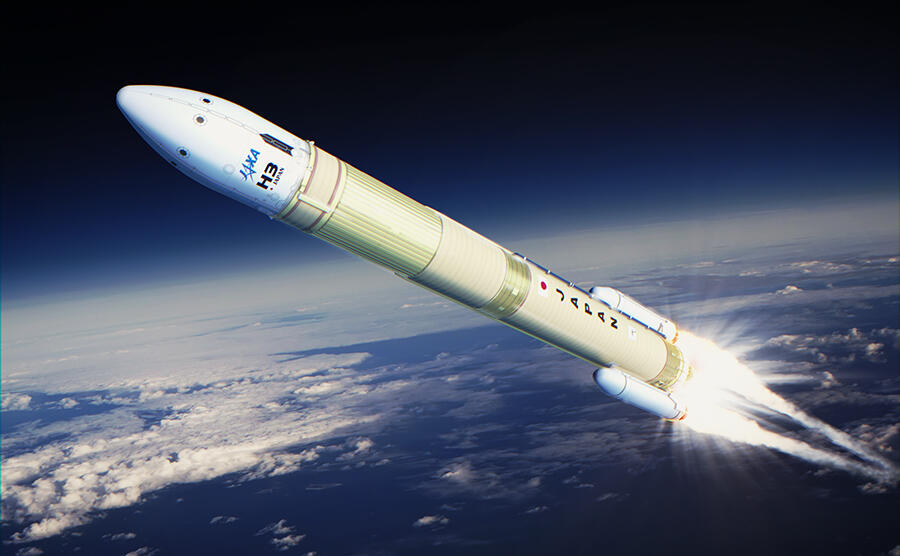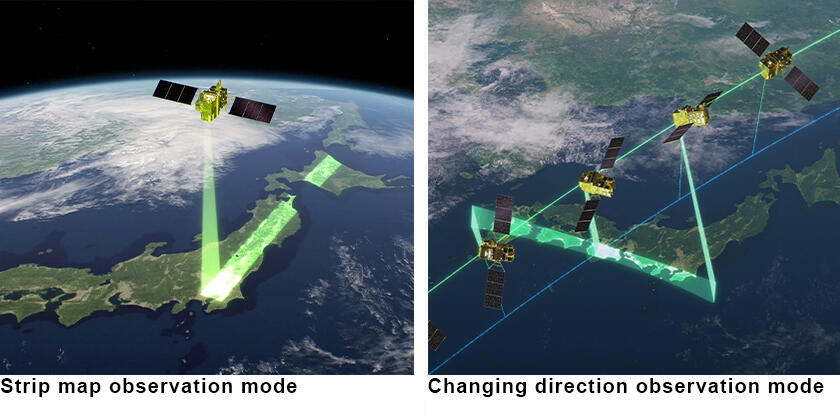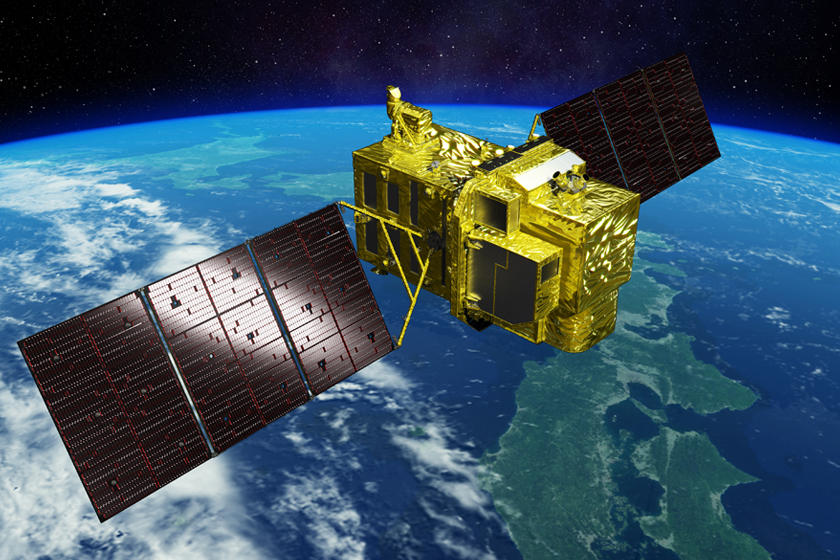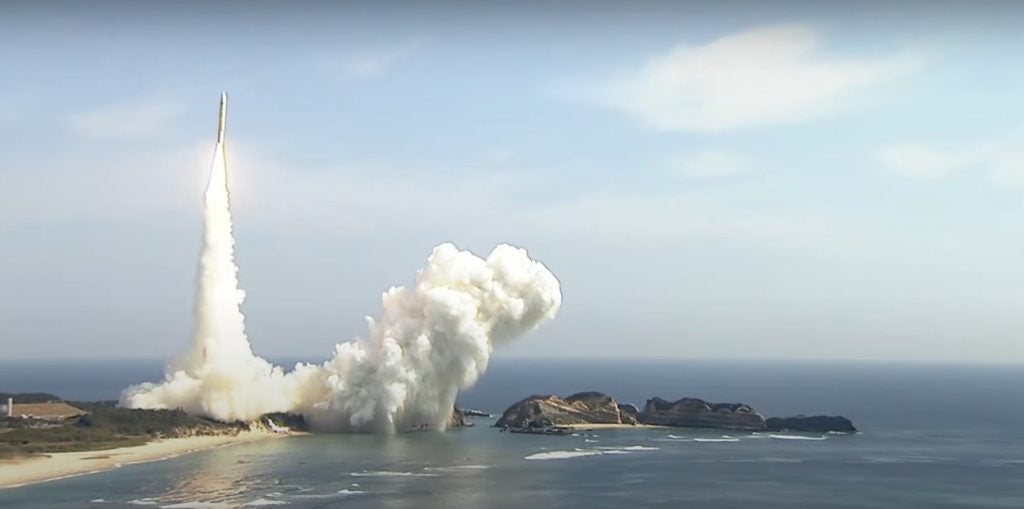Japan Dumps $280 Million Satellite in the Pacific Ocean
Japan’s long-awaited next-generation hydrogen-powered launch vehicle, the H3, had its debut test flight on 7 March. The first stage which hosts the brand-new LE-9 engines performed perfectly, meeting all test criteria. Unfortunately, the second stage failed to ignite resulting in the vehicle crashing into the Pacific Ocean. Failures are not uncommon on test flights, with ABL Space suffering a debut flight failure in January while last year India’s SSLV and China’s ZQ-2 both failed their first test flight.

However, in a bold move of confidence, the Japanese Space Agency (JAXA) hosted an exquisite earth observation satellite as the vehicle’s first payload. The Advanced Land Observation Satellite 3 (ALOS-3, also called Daichi 3) was to provide a leap in geospatial intelligence gathering capability over its predecessor the ALOS-1 which launched in 2006. At a cost of $280 million, the satellite would offer 3 times the resolution of ALOS-1 while maintaining a 70km wide scanning ability. Tragically that investment is now at the bottom of the ocean.

The primary purpose of ALOS-3 was to aid in disaster management by providing rapid imagery of terrain and structural damage done by typhoons or tsunamis. Naturally, this had a dual purpose as the imager can also be used for battle damage assessment or observing naval activity.
ALOS-3 had a design lifetime of 7 years. Japan expected to launch ALOS-3’s successor in 2028 and it has not made a statement about shifting this timeline due to the loss of ALOS-3. While the financial loss is significant the capability can be made up by cooperation with the US and Europe which have significant earth observation capabilities.

The H3’s predecessors, the H-II and H-IIA, both carried test evaluation payloads for their first test flight to avoid risking a real satellite. Both performed flawlessly despite the precautions. These successes led to Japan being bold with the next vehicle, launching a cargo spacecraft on the H-IIB’s first flight which again went flawlessly. Perhaps with its 3 predecessors performing perfectly JAXA expected the same with the H3. That bet proved costly.

